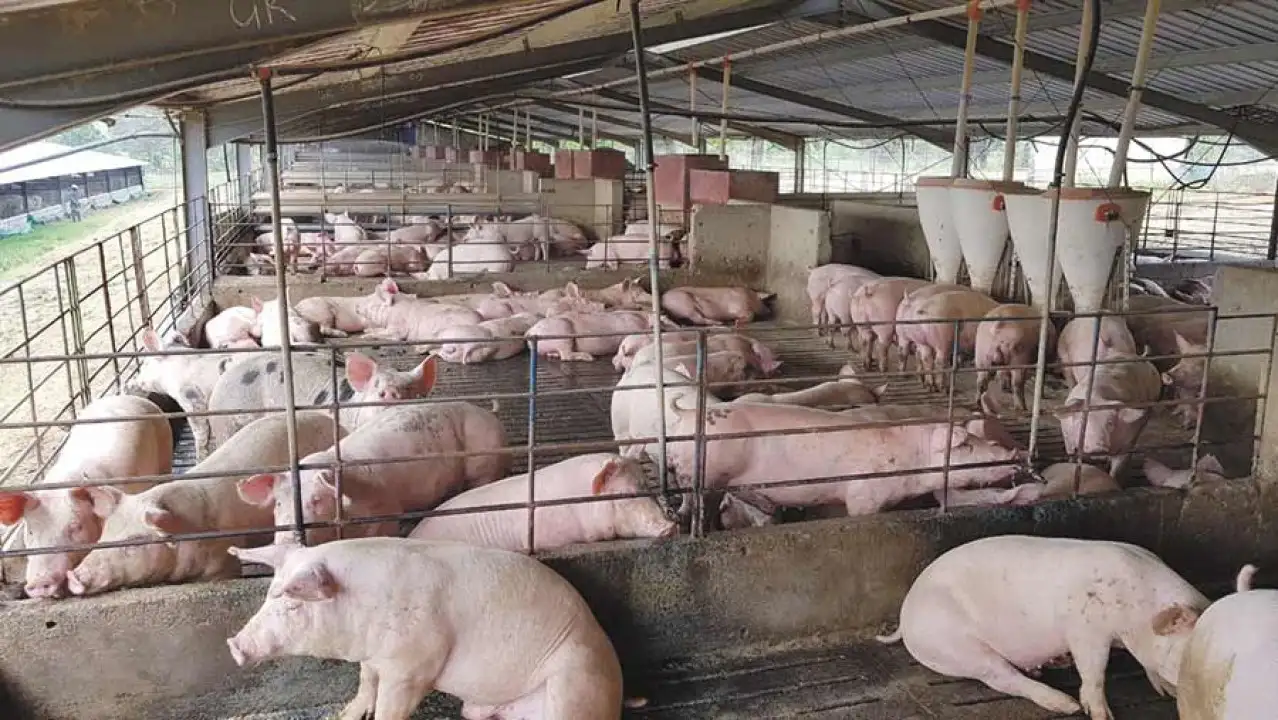 MR Admin
MR Admin
15 Oct 2025



15 Oct 2025
Pig farming — also known as piggery — is one of the most profitable and rapidly expanding segments of Nigeria’s livestock industry. Pigs are known for their fast growth rate, high feed conversion efficiency, and large litter size, making them one of the best options for small- and medium-scale agricultural investors.
As Nigeria’s population and appetite for animal protein continue to grow, investments in pig production offer not only lucrative returns but also opportunities for job creation, food security, and rural development.
Pig farming in Nigeria is practiced in almost every region, though it thrives best in the southern and middle belt zones, where religious and cultural acceptance of pork is higher. States like Ogun, Oyo, Enugu, Benue, Delta, and Rivers have some of the most active pig farms and markets.
Despite these regional successes, the industry still operates below capacity. Nigeria’s pork consumption is rising steadily, yet the country imports processed pork products such as bacon, sausages, and ham — a sign of unmet domestic demand.
A sow (female pig) can give birth to 8–15 piglets per litter, and may farrow two or more times per year. This high fertility means faster herd expansion and quick returns on investment.
Pigs can reach market weight (70–100 kg) in 6 to 8 months with good feeding. Compared to cattle, which may take 2–3 years to mature, pigs offer a much shorter turnaround time.
Nigeria’s urban centers are seeing a steady rise in pork consumption, driven by changing food habits, restaurant demand, and growing middle-class income. Pig by-products — such as hides, manure (for organic fertilizer), and fat (for soap and feed) — add extra value.
A well-managed medium-scale piggery can deliver 40–60% annual profit margins, depending on feed costs and market access. The market for pork extends to hotels, supermarkets, butchers, and meat processors.
Compared to cattle or poultry, pig farming requires relatively modest initial capital. Farmers can start with a few breeding sows and a boar and expand as profits grow.
Investment opportunities in Nigeria’s pig sector go beyond rearing. The value chain includes:
Feed Production: Local feed mills can supply pig feed formulated from maize, cassava peels, and soybean meal.
Breeding and Genetics: Demand for improved, disease-resistant pig breeds is rising.
Processing and Packaging: Investors can venture into pork processing — sausages, bacon, ham, and canned pork.
Cold Chain and Distribution: Investment in storage and logistics for processed pork is still limited but highly needed.
Veterinary and Health Services: Pig farms require constant disease prevention and vaccination support.
Nigeria’s federal and state governments have shown interest in livestock diversification to reduce dependence on beef and poultry.
The Livestock Productivity and Resilience Support Project (L-PRES), partly funded by the World Bank, includes pigs among target species for improved productivity.
Some state governments (e.g., Ogun and Enugu) have launched pig farming estates and cooperatives to support youth and women farmers.
The Nigerian Incentive-Based Risk Sharing System for Agricultural Lending (NIRSAL) provides credit guarantees for livestock investments, including piggery.
These programs show that pig farming is being recognized as a key growth area in Nigeria’s livestock economy.
Despite its profitability, pig farming faces notable challenges that require strategic planning:
Feed Cost and Availability: Feed accounts for up to 70% of production costs. Fluctuations in maize and soybean prices affect profitability.
Disease Outbreaks: African Swine Fever (ASF) remains the biggest threat to pig farmers. Strict biosecurity measures are essential.
Cultural and Religious Barriers: Pork consumption is restricted in some northern states, limiting market access.
Poor Infrastructure: Lack of cold storage and reliable electricity hinders processing and preservation.
Limited Access to Finance: Many small farmers struggle to secure affordable loans to expand their operations.
Low Technical Knowledge: Gaps in training and extension services reduce productivity and breed quality.
To build a profitable pig farming enterprise in Nigeria, investors should consider these steps:
Conduct Feasibility Study: Assess market demand, location, and feed sources before starting.
Start with Improved Breeds: Select high-yield, fast-growing breeds such as Large White, Landrace, or Duroc.
Build Proper Housing: Ensure well-ventilated, clean pens with drainage and waste management systems.
Feed and Nutrition: Use balanced rations and maintain a consistent feeding schedule.
Health and Biosecurity: Implement vaccination, quarantine for new animals, and hygiene control.
Processing and Branding: Add value through packaging and direct marketing to supermarkets or restaurants.
Partnerships and Cooperatives: Join associations to access bulk feed, veterinary services, and loans.
Nigeria’s pork market is valued at over ₦150 billion annually, and demand is growing. With improved production systems, the sector could create thousands of jobs across breeding, feed production, processing, and retail.
If Nigeria achieves just 50% self-sufficiency in pork production, the import bill on processed pork could be drastically reduced, while domestic producers would gain greater market share and profitability.
Investments in pig farming in Nigeria present one of the most promising opportunities in agribusiness today. With short production cycles, high fertility rates, and increasing consumer demand for pork, piggery offers attractive returns for both smallholders and large investors.
However, success depends on good farm management, disease control, and investment in modern production techniques. With government support, private partnerships, and access to financing, pig farming can become a powerful driver of food security, employment, and rural income growth in Nigeria’s agricultural landscape.
 your Money
your Money